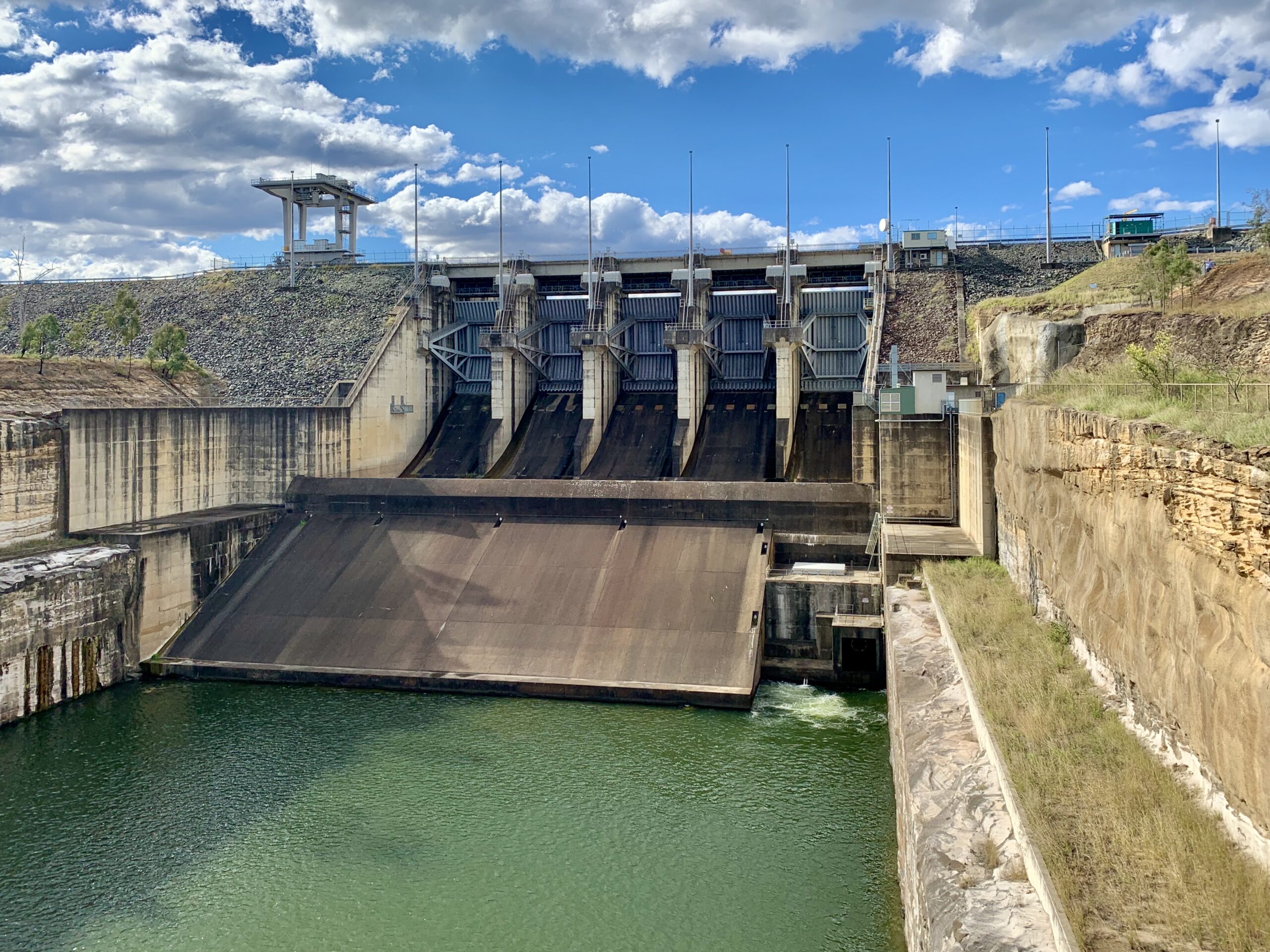Sediment Transport Analysis in HEC-RAS
Introduction This blog post will introduce the steps involved in performing a simple sediment transport analysis using the HEC-RAS program. HEC-RAS is capable of mobile boundary, and sediment transport modeling. A boundary is mobile when flow carries a lot of sediment through suspension and is in contact with the streambed. In these cases, the following … Read more
